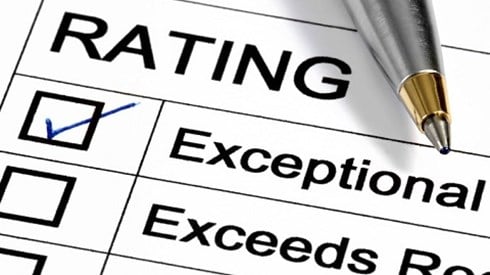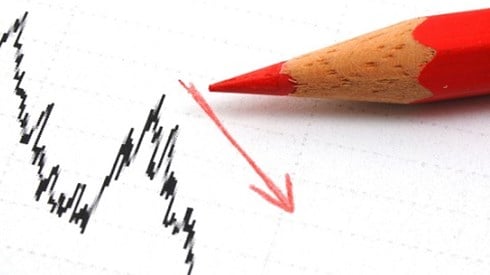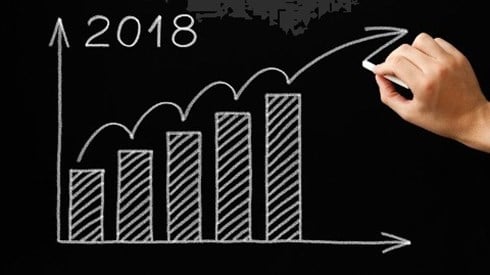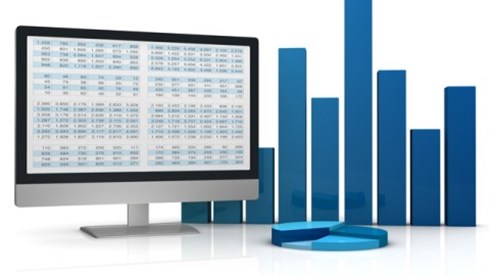A.M. Best-Rated Captives Show Strong Performance Despite Reduced Profit

August 06, 2018

The financial performance of US captive insurance companies rated by A.M. Best remained exceptionally strong in 2017, and they continued to outperform their counterparts in the commercial casualty sector, according to a new A.M. Best report.
The new "Best's Market Segment Report," titled For the Rated Captives, It Is Déjà Vu, All over Again, notes that despite the positive results, pretax profit declined by nearly 18 percent year over year to $1.3 billion. Despite the decline, the rated captive sector posted a favorable combined ratio of 91.4 percent and a net underwriting profit of $390.6 million.
According to the report, worse-than-historical underwriting results in the commercial multiperil line, primarily due to Hurricanes Harvey, Irma, and Maria, as well as in Texas, owing primarily to Hurricane Harvey, had a materially adverse impact on the captive insurance composite's 2017 results. Texas is ranked as the third-largest state among US captives. A.M. Best's captive composite continues to outperform the broader commercial market, as the 86.4 5-year combined ratio average compares favorably with the 99.9 posted by the commercial composite.
Surplus growth for US captives has grown by a healthy 5 percent per year since 2013. The report states that the segment's strong results are a testament to their close alignment of interests with stakeholders and deeply ingrained risk management culture. Between 2013 and 2017, surplus of rated US-domiciled single-parent captives increased to $9.4 billion from $7.8 billion, while the amount of dividends paid to parents during this 5-year period was $1.2 billion. Therefore, during this period, more than $2.9 billion ($1.7 billion from surplus growth plus $1.2 billion in dividends) went into the pockets of the single-parent captives instead of the commercial market.
Risk retention groups (representing 14 percent of A.M. Best's captive composite premium) saw their performance improve in 2017 compared with 2016, with a combined ratio of 94.9 percent, 2 points better than the previous year.
A.M. Best views operating performance as a leading indicator of future balance sheet strength and long-term financial stability. The analysis of operating performance focuses on the levels of profit, stability, diversity, the sustainability of earnings, and the interplay between earnings and prior-year liabilities. Currently, nearly 90 percent of the captives A.M. Best rates have "Excellent" or better Long-Term Issuer Credit Ratings, confirming the strength of this market segment. Although captives have various structures, common themes including proximity to the risks written, high-quality data, and the involvement and support of captives' owners, which often results in performance metrics that exceed those of their commercial counterparts.
Copyright © 2018 A.M. Best Company, Inc. and/or its affiliates ALL RIGHTS RESERVED
August 06, 2018




